One of the major concerns about creating awareness in the field of sleep apnoea is that most people have a preconceived notion about how a patient suffering from sleep apnoea may look like. The general thought that prevails in the minds of people is that always middle-aged overweight male should be suffering from sleep apnoea, but this is not always the case. Many times, women suffer from sleep apnoea too, which gets diagnosed with insomnia. Sometimes even children are diagnosed with sleep apnoea.
Prevalence of Sleep Apnoea in Children
The prevalence of sleep apnoea in children is much lower than it is in adults (approximately 5% of children compared to 26% of adults aged 30-70 years); this is still common enough for being a cause for concern. Children suffering from untreated sleep apnoea pose the risk of having behavioural, adaptive and learning problems. Many of the daytime symptoms of poor sleep caused by sleep apnoea may manifest themselves as symptoms very similar to that of ADHD (Attention Deficit Hyperactive Disorder) hyperactivity, difficulty with learning and concentration, resulting in poor performance at school.
ADHD is one of the most common neuro-developmental disorders in children. Most of the times the diagnosis is made in childhood, but still the symptoms persist as the child gets older and reaches puberty. The main symptoms of ADHD are difficult in paying attention, difficult to control impulses and being hyperactive.
Children struggling with untreated sleep apnoea have the risk of developing hypertension and cardiac issues as they grow eventually.
Symptoms of Sleep Apnoea in children
- Breathing through the mouth – Children with large adenoids breathe with their mouths open. These are seen usually in obstructive sleep apnoea cases
- Breathing pauses during sleep and resumes
- Short spans of attention while studying
- Bedwetting
- Poor in academics in school
Causes of Sleep Apnoea in Children
Causes of sleep apnoea of children vary greatly from that of adults. The main reasons for sleep apnoea in cases of adults are age, overweight and neck-circumference whereas in children the main contributing factors of sleep apnoea are the enlarged adenoids. So, it is said that mainly children suffer from obstructive sleep apnoea. When these tonsils are enlarged they eventually cause breathing difficulties during the day. Even when the child is asleep, muscles in the body relax including those in the throat. The relaxation of these muscles allows the tonsils and adenoids to further restrict airflow in the upper respiratory system and cause apnoea even during sleep. Childhood obesity also contributes to sleep apnoea in a similar manner just the way it does in adults. The more fatty tissues in the throat, more likely that breathing can become disrupted during sleep as the extra soft tissue can more readily restrict airflow.
Diagnosis of Sleep Apnoea in Children
An appointment at a sleep facility should be scheduled for an overnight polysomnogram, it is the most effective way to diagnose or rule out sleep apnoea in children.
Paediatric polysomnograms are almost identical to adult polysomnograms. They measure all the same activities, including brain activity, breathing, muscle movements, heart rate and blood oxygen levels. One extra piece of equipment is used to diagnose sleep apnoea in children is that end-tidal Carbon Dioxide is additionally monitored. However, getting hooked up to the various leads that record all the measurements needed for an accurate diagnosis can be challenging for the lab sleep technicians, especially in cases of children.
Positive diagnosis of sleep apnoea in children also differs from the diagnosis of sleep apnoea in adults.
Sleep Apnoea Index for Adults:
Mild Sleep Apnoea:- 5-14 interrupted breathing in an hour
Moderate Sleep Apnoea: 15-30 interrupted breathing in an hour
Severe Sleep Apnoea: More than 30 interrupted breathing in an hour
Sleep Apnoea Index for Children:
Mild Sleep Apnoea: 1-5 interrupted breathing in an hour.
Moderate Sleep Apnoea: 5-15 interrupted breathing in an hour.
Severe Sleep Apnoea: More than 15 interrupted breathing in an hour.
Treatment for Sleep Apnoea in Children
The most common cause of sleep apnoea in cases of children is enlarged adenoids or tonsils; the most common treatment is to surgically remove the same, this usually corrects the sleep apnoea in 90% of cases in children.
In children whose sleep apnoea is caused by obesity in weight management and lifestyle, programmes are usually employed to manage their weights. Techniques which are usually used are that of nutrition and exercise programmes. Continuous Positive Airway Pressure (CPAP) therapy can also be tried successfully in these cases. Dental appliances can also be recommended in cases of older children who are approaching their pubertal stage and whose facial bone growth is almost complete. If seasonal allergies are aggravating symptoms of sleep apnoea, allergic medications are recommended. If respiratory disorders are contributing to sleep apnoea, asthmatic medications or inhalers may help.
Conclusion
Obstructive sleep apnoea is a health hazard and usually affects middle-aged, overweight adults, sometimes it affects children as well. It causes not only snoring but also repeated obstruction to breathing while the individual is asleep, leading to a drop in oxygen saturation within the blood which can damage organs such as the heart and the brain.
References
- Hulcrantz E, Lofstarnd TB, Ahlquist RJ. The epidemiology of sleep-related breathing disorders in children. Int J Pediatr Otorhinolaryngol 1995;6: S63–S66.
- Ferreira AM, Clemente V, Gozal D, Gomes A, Pissarra C, César H, Coelho I, Silva CF, Azevedo MHP. Snoring in Portuguese primary school children. Pediatrics 2000; 106: E64.
- O’Brien LM, Holbrook CR, Mervis CB, Klaus CJ, Bruner J, Raffield TJ, Rutherford J, Mehl RC, Wang M, Tuell A, et al. Sleep and neurobehavioral characteristics in 5–7-year-old hyperactive children. Pediatrics 2003;111:554–563.

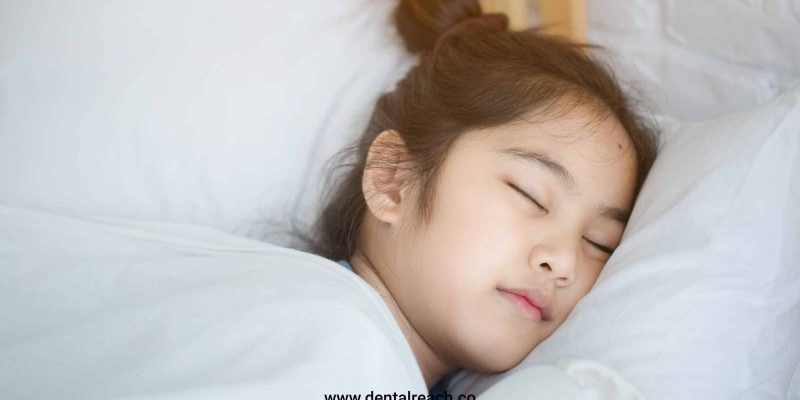



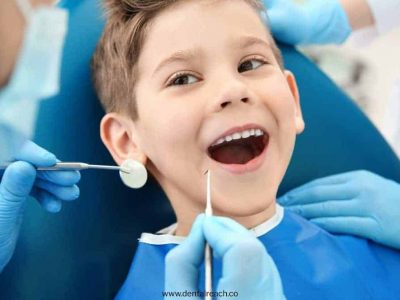
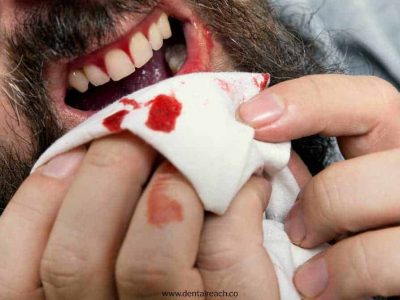
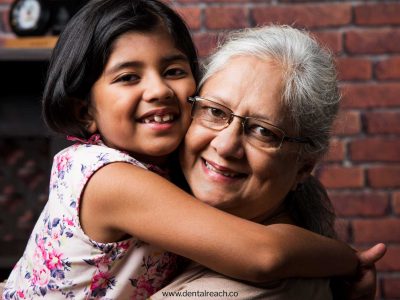

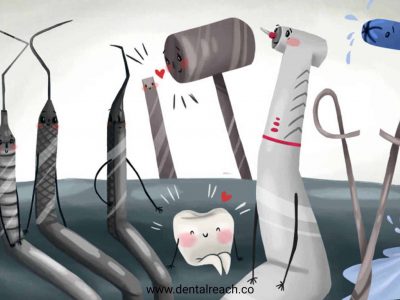
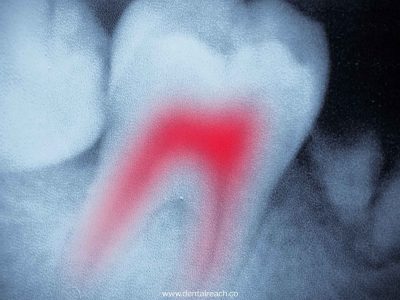









Comments